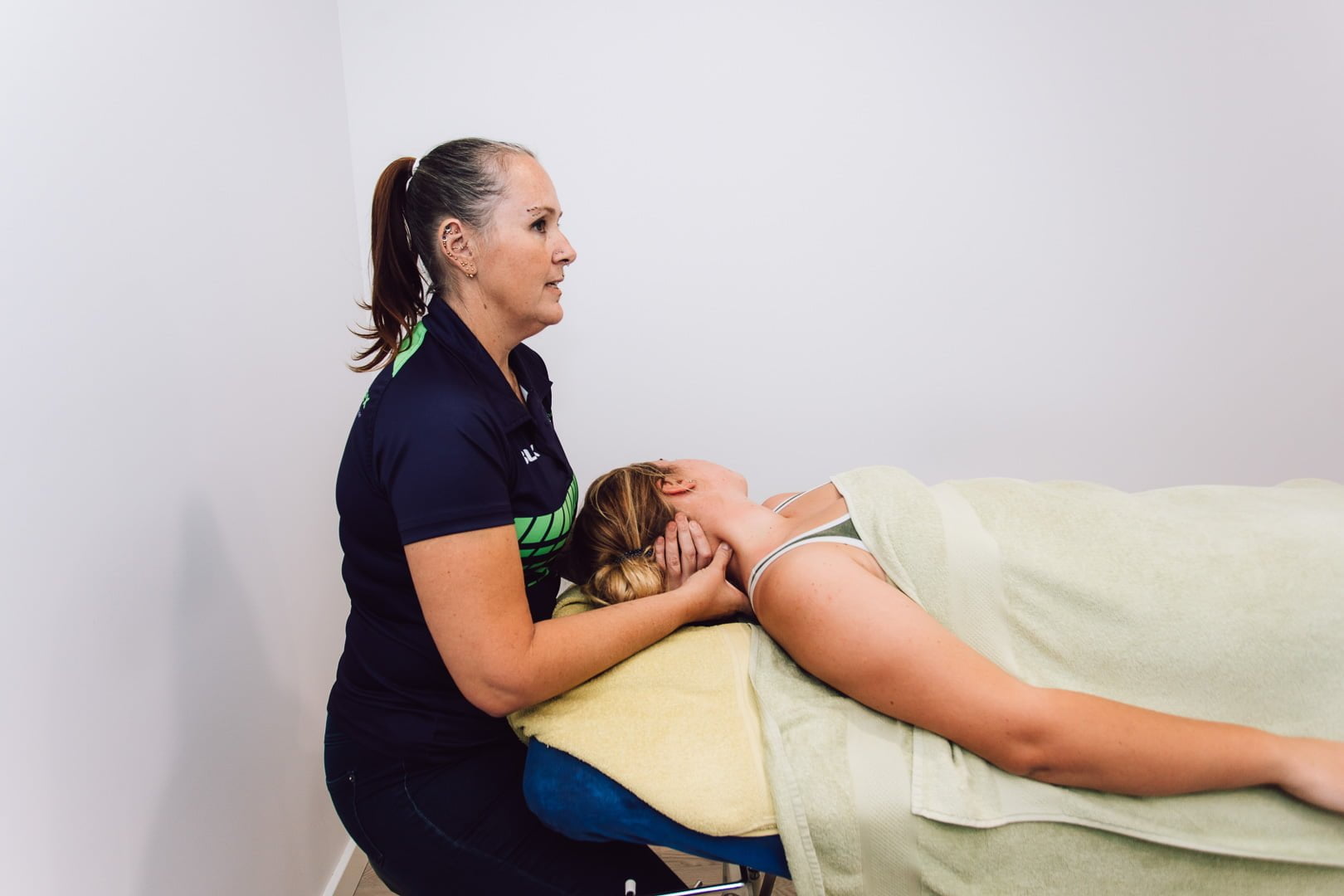Pregnancy Massage
Pregnancy massage is a specialised form of therapeutic massage tailored to the needs of expectant mothers. It involves adaptations to traditional massage techniques and positioning to accommodate the changing body during pregnancy.
How our Massage Therapists can help:

Assessment – Through evaluating your stage of pregnancy, any complications or risk factors through intake forms and discussion with the client and her prenatal care provider if needed.
Positioning – Utilising our special pregnancy massage pillow/bolster to allow the client to lie on their stomach, avoiding direct pressure on the abdomen.
Massage Techniques – Applies light to moderate massage techniques using long gliding strokes, kneading, and friction on areas of tension like the back, shoulders, and feet. Circulation and pooling of fluid within the hands and legs can also be treated within the consultation.
Prenatal Considerations – Modifies techniques based on the client’s trimester and any contraindications like high-risk pregnancy conditions or complications like preeclampsia based on guidance from the doctor.
Relaxation – Our therapists at Physio Connex create a calm, relaxing environment through room setup, temperature, reduced lighting, and communication to help alleviate stress.
Education – Provides guidance on self-massage, stretching, positioning, and self-care strategies specific to you or your loved ones stage of pregnancy.
Benefits:
- Reduced muscle tension, joint pain, headaches, and leg cramps.
- Improved blood and lymph circulation.
- Relief from pregnancy-related discomforts like swelling and carpal tunnel syndrome.
- Reduced stress, anxiety, and improved sleep quality.
- Increased feelings of relaxation and emotional well-being.
Massage therapists trained in pregnancy massage play a vital role in providing therapeutic benefits and relief to expectant mothers through specialised, gentle techniques adapted for the changing needs during each stage of pregnancy.
Meet the Massage team
Find out more about our Physio Connex Massage Therapist
Meet the Physio team
Find out more about our Physio Connex Physiotherapists
Meet the Exercise Physiology and Strength and Conditioning team
Find out more about our Physio Connex Exercise Physiologist & Strength and Conditioning Coach
Find out more about how Physio Connex can get you back in the game quicker


